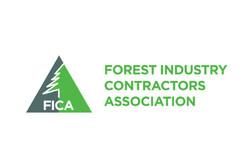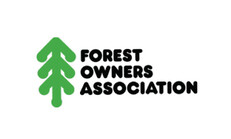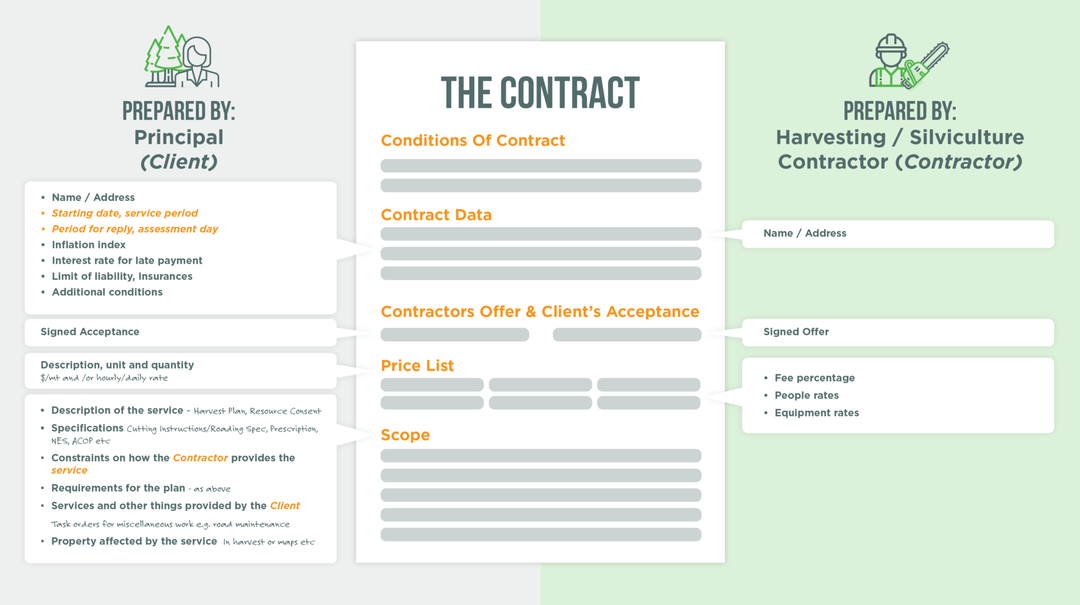DOWNLOADABLE RESOURCE
Model Contract template
The forestry industry is dynamic and ever-changing, while forest contracts don't reflect the current contractual environment. Most contracts are made up of cut and paste versions and clauses, and they’re no longer fit for purpose.
The Industry Model Contract Template is a downloadable word document template that can be used by principals and forestry contractors. It is based on the NEC term service short contract and has been modified to fit the uniqueness of the forest industry, with flexibility to fit each unique situation.
TRANSFORMING INDUSTRY RELATIONSHIPS
Within forestry, stakeholder relationships in supply chain have consistently been recognised as critical, but influence factors in workplace like wellbeing, health and safety. While the dynamics are often different between corporate and smaller-scale operations, one fact remains:
"The relationship between Principals and Contractors is critical to industry success"
Contracts are the foundation for these industry relationships and it is essential that a strong culture between these partners is maintained.
The model contract template is designed to bring contracts up to date and make them fit for purpose. It aims to make the process of agreeing a new contract more straight forward and transparent, so there is value for all parties involved.
With a simple structure, simple language and an easy-to follow format, the model contract is designed to make the process of developing and agreeing a new contract simpler for everyone. This supports good management by following simple but clearly defined processes.
WHY USE THE MODEL CONTRACT TEMPLATE?
Easy to prepare and easy to manage
Simple and flexible structure
Plain language
Easy to use templates
Helpful user guides
STAGES OF A CONTRACT
The basis of this national model contract template is that there are three parts to the process.
1. AGREEING THE CONTRACT
This is a contract for a period of time (a term contract).
Preparation (Contract Data, Scope)
Pricing (people and equipment rates, fee percentage)
Agreement (signed contract)
2. PRICE SETTING FOR COMPARTMENTS OR SETTINGS
The work will be instructed by a task order.
Proposal (harvest plan)
Pricing (per tonne - equipment rates included)
Acceptance (signed Task Order)
3. MANAGING YOUR CONTRACT
Management is a responsibility of both parties.
Communication (instructions, reporting)
Risk (early warnings)
Change (compensation events)
Payment (records, invoicing, escalation)
POPULATING THE TEMPLATE
Once you have a potential contract opportunity, the principal and contractor can work from the same template inputting various contract data including pricing, scope, task order, harvest plan and rate clauses.
Scope - Harvesting Contracts
1 Description of the Service
S 101 Service Objectives
S 102 Description of the Service - As per the harvest plan, eg: Felling, extraction, processing and loading out of logs
2 Specifications
S 201 Specifications - As per the cutting instructions and conditions of any resource consent and harvest plan
S 202 Training and registration - Training would be dependent on the individuals job description ie: NZQA unit standards and deemed competent
S 203 Fire management
S 204 Test and inspections - Auditing and standard supervision by managers
S 205 Technology
S 206 Services provided by the contractor for the use by the client
S 207 Requirements of others
S 208 Production forecasts - contractor and principal would normally negotiate a target production rate ie. mt / day
S 209 Operational records - Could include load out dockets (record of volume and grades of logs as they leave the skid, records of hours if a machine is on a daily / hourly rate. Training records, HSE records of meetings, incidents etc
S 210 Production records - Load out dockets
S 211 Payment records - Usually generated by manager in the form of a BCI (buyer created invoice). Based on loadout data and misc work
3 Constraints on how the contractor provides the service
S 301 General constraints
S 302 Confidentiality
S 303 Security and protection of the site
S 304 Cleanliness and site clearance
S 305 Management procedures
S 306 Occupational health and safety requirements - All in HSE policy of contractor and manager
S 307 Drug and alcohol testing - part of HSE policy
S 308 Method statements
S 309 Quality requirements
S310 Environmental requirements - Set out in resource consent and harvest plan
S 311 Legal requirements
S 312 Inspections
4 Requirements for the plan
S 401 Plan - Harvest plan and resource consent
5 Services and other things provided by the client
S 501 Things to be provided by the client - resource consent and harvest plan
6 Property affected by the service
S 601 Property affected by the service
Scope - Silviculture Contracts
1 Description of the Service
S 101 Service Objectives
S 102 Description of the Service - As per the silviculture prescription in the task order
2 Specifications
S 201 Specifications - Will be as per the instructions and conditions, details as set out in the silviculture prescription
S 202 Training and registration - Training would be dependent on the individual’s job description and task specific ie: NZQA unit standards and deemed competent
S 203 Fire management - Would be covered in any terms and conditions in the contract
S 204 Test and inspections - Quality control, auditing and standard supervision by managers
S 205 Technology - may be specified in the contract if needed
S 206 Services provided by the contractor for the use by the client - set out in specifics of contract
S 207 Requirements of others - Not normally in silviculture contracts
S 208 Service forecasts contractor and manager would normally negotiate - Rate setting / targets / productivity rates etc
S 209 Operational records - May include record of work completed (measure up). Records of hours / manpower etc if on a daily / hourly rate. Training records, HSE records of meetings, incidents etc
S 210 Service records
S 211 Payment records - Usually generated by manager in the form of a BCI. Based on service provided - $/ha, $/tree, $/hr etc
3 Constraints on how the contractor provides the service
S 301 General constraints
S 302 Confidentiality
S 303 Security and protection of the site
S 304 Cleanliness and site clearance
S 305 Management procedures
S 306 Occupational health and safety requirements - All in HSE policy of contractor and manager
S 307 Drugs and alcohol testing - Part of HSE policy
S 308 Method statements - Part of perscription
S 309 Quality requirements - as above
S310 Environmental requirements - Will be in general terms of contract
S 311 Legal requirements
S 312 Inspections
4 Requirements for the plan
S 401 Plan as required
5 Services and other things provided by the client
S 501 Things to be provided by the client
6 Property affected by the service - map
S 601 Property affected by the service
FREQUENTLY ASKED QUESTIONS
BUILDING AND SUPPORTING GREAT WORKING CONNECTIONS
While contract development is a critical part of establishing solid industry relationships, there are many other ways to build and support great working connections. There are things to keep in mind and prioritise as you enter negotiations and / or contract implementation:
Ensure you check in and maintain both formal and informal communication (even at the busiest times). This will help both parties understand each other pressures, values and opportunities
Remember that “every opportunity is a moment of truth” so make sure your crew are comfortable engaging and interacting with stakeholders be it principals, loggers and other industry partners, when the chance arises
View your contract principal as a business partner, their growth can support your pipeline of work and prompt conversations about joint opportunities
Focus on mutual benefits and share ideas to build trust and collaboration. This can also cultivate an ongoing commitment to continuous improvement
Identify how your crew can provide additional value beyond the formal contract, this could be through time, resources, connections or expertise
Having a great contract that has been mutually agreed face-to-face. This will ensure the allocation of risk and benefit is fair, while allowing space for contractors to focus on relational value in addition to transactional value. The relationships formed and grown through solid working relationships will support the resilience of your business and sustain your pipeline of work. It’s worth putting the effort in beyond the paperwork.
GETTING STARTED
You will get:
1. Downloadable word document Model Contract Template
This is the base document you will use to develop your contract. Tips and Tricks are included in RED throughout the document to help you populate the template
2. NEC Term Service Short Contract
This is a standard contract document (separate to the downloadable word doc above), which includes core clauses for your contract
3. Best Practice Guide
This is a printable version of this web page to help guide you through the process of developing and agreeing a contract
access the template
Request access to eView copies of the NEC4 Term Service Short Contract for free by completing the online request form below.
BETTER OUTCOMES FOR ALL
"Using a contract with trust and cooperation as a core principle, will deliver better outcomes for forest owners, managers, and contractors. Using a standard contract such as NEC4, will enable the industry to benefit from leading contract management practice, improving efficiency, safety and quality of service."
- FICA Management
NEED HELP?
Get in touch with FICA
Email office@fica.org.nz














